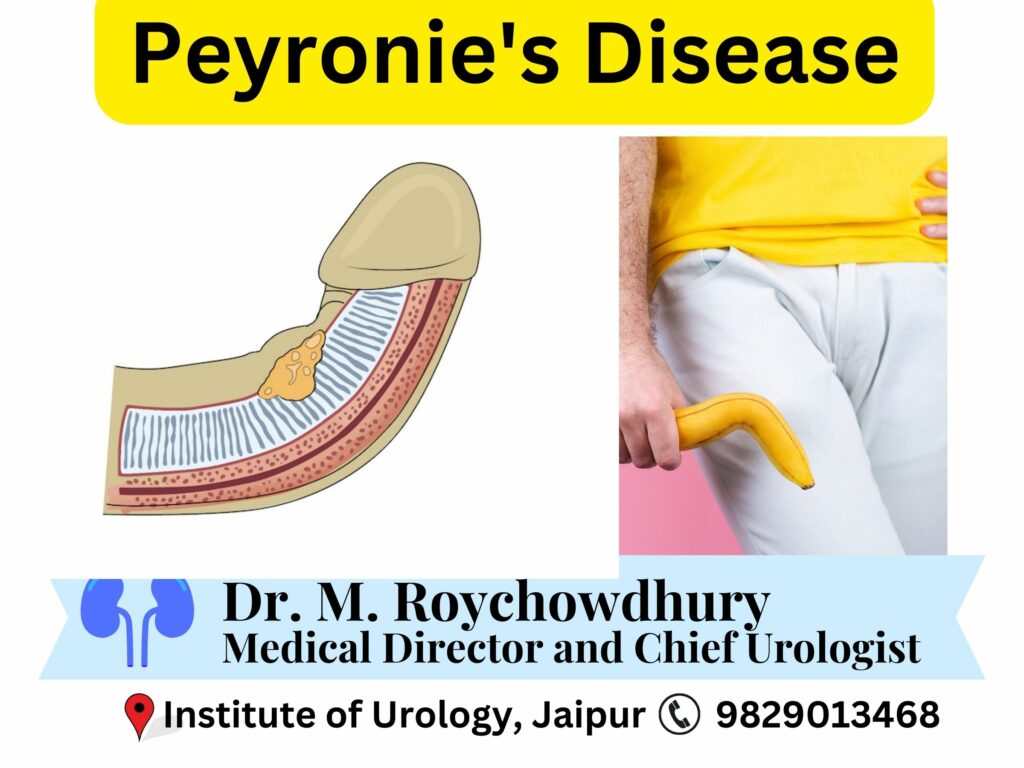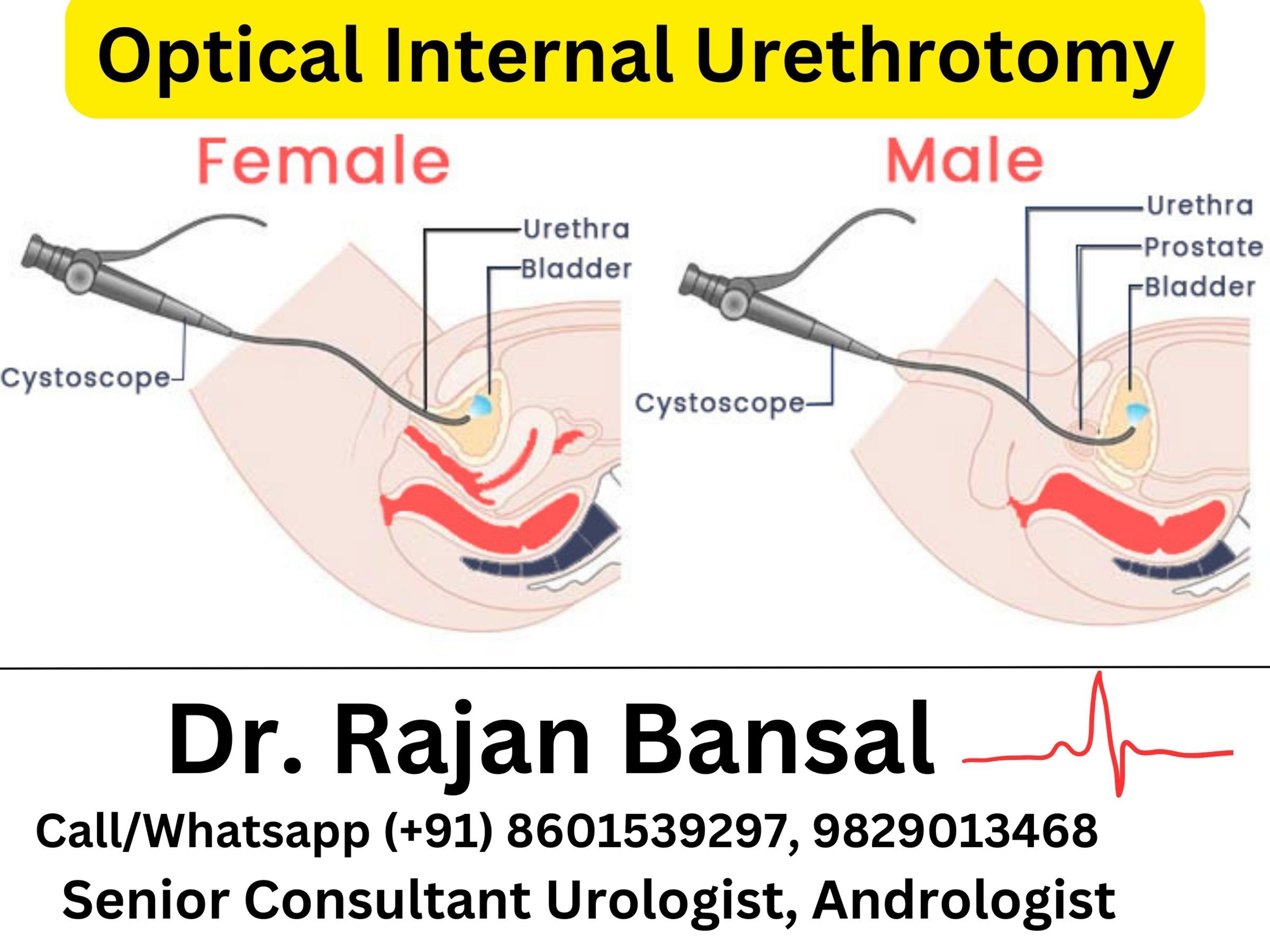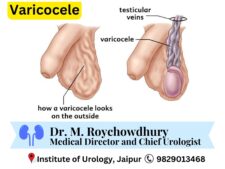Peyronie’s disease is a condition affecting the penis, characterized by the development of scar/fibrous tissue or plaque within the penile tissue. This scarring causes the penis to bend or curve abnormally during erections, leading to pain, erectile dysfunction, and difficulties in sexual intercourse.

Usually penises can be of slightly different shapes and sizes. Slightly curved penis isn’t a cause of concern if it fulfils functionality. However, Peyronie’s disease may cause major bending of penis, or severe pain sometimes. It is also a cause of anxiety and stress. Therefore it is important that we are aware of this entity and discuss it.
The exact cause of Peyronie’s disease remains unclear, but it’s often associated with micro-trauma or injury to the penis, which triggers an abnormal healing response. Over time, this can result in the formation of scar tissue along the tunica albuginea, the fibrous tissue surrounding the erectile chambers in the penis. Remember, this condition rarely goes away on its own. In addition, when ignored, it can lead to worsening. Therefore, early diagnosis and treatment is extremely important in case of Peyronie’s disease.
What are the Symptoms of Peyronie’s Disease?
- Penile Curvature or Bend: One of the hallmark symptoms is the development of an abnormal bend or curve in the penis. This curvature can occur upward, downward, or to the side. The degree of curvature can vary from mild to severe, causing discomfort during erections and difficulty in sexual intercourse.
- Pain or Discomfort: Many individuals with Peyronie’s disease experience pain or discomfort during erections. This pain can range from mild to severe and might occur at the site of the penile curvature or in the affected area where scar tissue has formed. Pain during erection due to Peyronie’s disease typically lasts 1 to 1.5 years or till the plaque matures.
- Erectile Dysfunction (ED): Peyronie’s disease can lead to difficulties in achieving or maintaining an erection, resulting in erectile dysfunction. The presence of scar tissue in the penis can disrupt the normal mechanics of an erection, affecting rigidity and penile function.
- Penile Shortening: In some cases, individuals may notice a reduction in the length of the penis due to the development of scar tissue. This shortening might not only be physically apparent but can also contribute to emotional distress.
- Changes in Penile Shape or Appearance: Apart from curvature, Peyronie’s disease might cause changes in the penile shape or appearance. This might include indentation, narrowing, or thickening of the penis due to the presence of scar tissue.
- Emotional Impact: Coping with the physical changes and challenges associated with Peyronie’s disease can lead to emotional distress, anxiety, or depression. Concerns about sexual function, self-image, and intimacy can significantly impact an individual’s emotional well-being.
It’s essential to note that symptoms can vary in severity among individuals, and some may experience minimal discomfort, while others might face more pronounced challenges. Seeking medical attention if any of these symptoms are noticed is crucial for an accurate diagnosis and appropriate management of Peyronie’s disease.
What are the Causes of Peyronie’s Disease ?
The precise cause of Peyronie’s disease remains somewhat unclear, but it’s commonly believed to result from a combination of factors that lead to the development of scar tissue within the penis. Some potential causes and contributing factors include:
- Penile Injury: Repetitive or acute penile injury, like during sex or accidents, can trigger Peyronie’s.
- Genetic Factors: It can run in families, suggesting a genetic link.
- Inflammation: Penile tissue inflammation or healing issues may lead to scar tissue.
- Connective Tissue Disorders: Conditions affecting collagen production might increase the risk.
- Age and Health: More common in men aged 40-60, and certain health conditions may heighten susceptibility.
These factors might contribute to Peyronie’s disease, but often, it’s a mix of these rather than a single cause. Ongoing research aims to unravel more about its development.
How is the Diagnosis of Peyronie’s Disease made?
Diagnosing Peyronie’s disease typically involves a combination of medical history assessment, physical examination, and, in some cases, imaging studies. Here’s an overview of the diagnostic process:
- Medical History: The doctor will inquire about symptoms, the onset of penile curvature, pain during erections, and any prior penile injuries or trauma. They may also ask about overall health and medications taken.
- Physical Examination: The doctor will conduct a physical examination of the penis, looking for the presence of plaque or scar tissue, measuring the degree of penile curvature, and assessing any other abnormalities.
- Imaging Tests: In some cases, imaging studies might be used to confirm the diagnosis or assess the extent of Peyronie’s disease. These tests may include:
- Ultrasound: This imaging test can visualize the plaque or scar tissue in the penis and assess the degree of penile curvature.
- MRI or Penile Angiography: Occasionally, these tests might be used to provide more detailed images of the penile tissue and blood vessels.
- Erectile Function Assessment: Evaluation of erectile function might be performed to assess the impact of Peyronie’s disease on sexual function. This can involve additional questionnaires or tests to measure erectile function.
Diagnosing Peyronie’s disease relies on a combination of these methods to confirm the presence of penile curvature, scar tissue, and related symptoms. It’s essential to consult with a healthcare professional for an accurate diagnosis and appropriate management.
How is the Treatment of Peyronie’s Disease done?
The treatment for Peyronie’s disease aims to manage symptoms, reduce penile curvature, and improve sexual function. Treatment options vary depending on the severity of symptoms and individual circumstances. Here are several approaches used in managing Peyronie’s disease:
Observation and Monitoring: In some cases, especially when the symptoms are mild and not significantly affecting sexual function, the doctor might recommend regular monitoring without active intervention.
Non Surgical Treatment and Medications for Peyronie’s Disease:
- Oral Medications: These might include vitamin E, potassium aminobenzoate, or some medications used for erectile dysfunction to help alleviate symptoms.
- Injectable Medications: Injections of medications directly into the plaque or scar tissue might be prescribed to help reduce penile curvature or pain.
- Penile Traction Devices: These devices are designed to gently stretch the penis over time, potentially reducing curvature and preventing further progression of the condition.
- Shockwave Therapy: Low-intensity shockwave therapy applied to the penis aims to break down the plaque and improve penile curvature and erectile function.
Surgical Treatment for Peyronie’s Disease
For individuals with severe symptoms or significant penile curvature affecting sexual function:
- Penile Surgery: Surgical procedures may involve straightening the penis by removing scar tissue. Many require placement of implants if erectile dysfunction persists.
Counseling or Therapy: Emotional distress and anxiety related to Peyronie’s disease can impact sexual function. Counseling or therapy can help individuals cope with these emotional aspects.
The choice of treatment depends on various factors, including the severity of symptoms, the impact on sexual function, and individual preferences. It’s crucial to discuss treatment options with a healthcare provider to determine the most suitable approach based on individual circumstances.
Best Hospital for Treatment of Peyronie’s Disease in Jaipur, Rajasthan – Institute of Urology, Jaipur
The Institute of Urology stands as a symbol of excellence in addressing complex urological conditions like Peyronie’s disease. Renowned for its multidisciplinary approach and cutting-edge treatments, the Institute offers a comprehensive array of solutions tailored to individual needs. Led by a team of esteemed urologists (Dr. M. Roychowdhury & Dr. Rajan Bansal), this institution boasts state-of-the-art facilities and a commitment to providing compassionate care. Their expertise in innovative therapies, including shockwave therapy, penile traction devices, and advanced surgical techniques, ensures patients receive the most effective and personalized treatment plans. With a track record of success and a focus on improving patients’ quality of life, the Institute of Urology stands out as a trusted destination for those seeking top-tier care and tailored solutions for all urological conditions.
We now also have the facility of online consultation with our expert urologist. This would help you discuss about your problems in detail from the comfort of your home. At our hospital, we have in house imaging and basic pathology services which makes sure the patient does not have to go place to place for investigations and reports. All services are provided within the hospital premises itself ensuring Total Urology Care Under One Roof. Our Urologists can be reached Monday to Saturday during working hours on the following numbers:
Dr. M. Roychowdhury – 9929513468
Dr. Rajan Bansal – 8601539297







